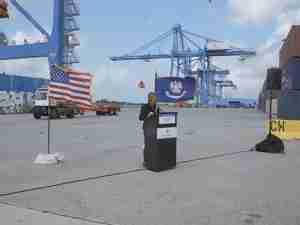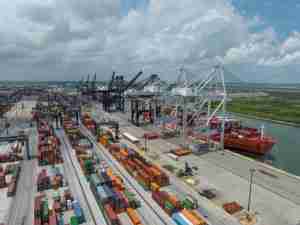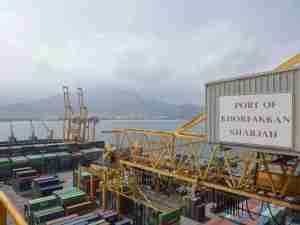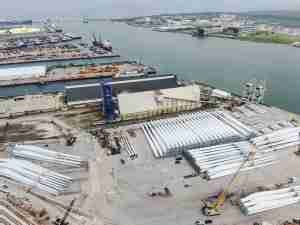Panama economic growth slows to 8.4 pct in 2013
By: Reuters | Mar 20 2014 at 03:54 PM | Ports & Terminals
Panama’s economy slowed in 2013 after two straight years of double-digit growth, but remained one of Latin America’s fastest expanding economies thanks to heavy government infrastructure spending, official data showed on Thursday.
Panama’s economic activity rose 8.4 percent last year compared to a downwardly revised 10.2 percent in 2012, the government statistics agency said, figures in line with what the finance ministry had projected for the year.
The easing in growth comes as investments in large-scale infrastructure projects, including the $5.25 billion expansion of the Panama Canal, draw to a close.
The Central American country escaped the worst of the global recession, expanding at an average rate of 8 percent over the past six years and notching double-digit growth in 2011 and 2012.
Much of Panama’s growth is credited to the public infrastructure spending, including the construction of the trademark canal’s third lane and Central America’s first metro.
President Ricardo Martinelli, whose term ends in May, has also poured money into new roads and hospitals and cleaning of Panama Bay, boosting the construction industry’s growth by 30 percent in 2013.
The spending has created a budget deficit of 2.7 percent of GDP, Finance Minister Frank De Lima said, which some analysts find worrying given the strong growth the country has had.
Growth has also been lifted by construction and development of a $6.2 billion copper mine on Panama’s Atlantic coast, which helped expand the mining industry by nearly a third last year.
The mine is expected to become one of the world’s biggest open-pit copper developments and Panama’s biggest source of exports, and its first shipments are due in 2016, according to Minera Panama, a subsidiary of Canada’s First Quantum Minerals Ltd.
Still, Panama’s overall growth was cooled by the worldwide economic slowdown, which dulled trade through the canal and ports.
A delay in the waterway’s expansion, which is now projected to finish by December 2015, also persuaded some shippers such as Danish oil and shipping group A.P. Moller-Maersk to use alternative routes from Asia like the Suez Canal, which fits bigger ships carrying more goods cheaply.
Panama’s $33.6 billion economy has also been affected by a dispute with two of its biggest trading partners, Colombia and Venezuela, which disrupted Panama’s Colon Free Trade Zone, the world’s largest duty-free area after Hong Kong.
Venezuelan traders owe the free trade zone about $1.2 billion because of difficulties exchanging the Venezuelan bolivar for dollars. Meanwhile, Colombia has imposed additional surcharges on importing items such as clothes and shoes.
Panama’s Finance Ministry has switched to using 2007 base rates instead of 1996, modifying economic back data. (Reporting by Lomi Kriel; Editing by Meredith Mazzilli)










